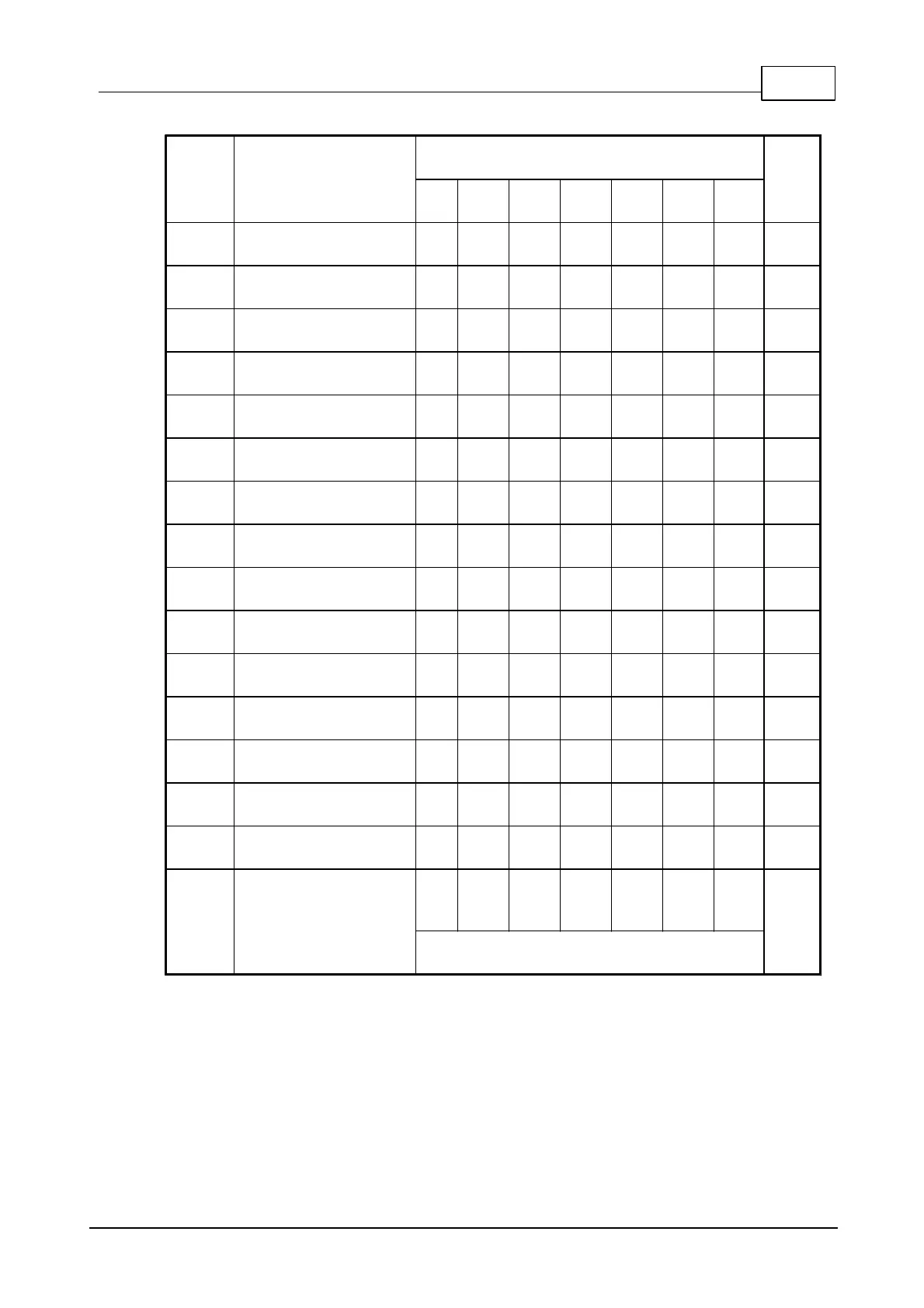204Boards
© Tibbo Technology Inc.
Pins on the DB9M connector of the
DS1206N-RS
RX/TX/CTS/RTS/DS
R/DTR + RX/tx
RX/TX/CTS/RTS +
RX/TX + RX/tx
RX/TX/CTS/RTS +
RX/TX/CTS/rts
RX/TX/CTS/RTS +
RX/TX/DSR/dtr
RX/TX/DSR/DTR +
RX/TX + RX/tx
RX/TX/DSR/DTR +
RX/TX/CTS/rts
RX/TX/DSR/DTR +
RX/TX/DSR/dtr
RX/TX + RX/TX +
RX/TX + RX/tx
RX/TX/CTS/rts +
RX/TX + RX/TX
RX/TX/DSR/dtr +
RX/TX + RX/TX
RX/TX/CTS/RTS +
RX/tx/CTS/RTS
RX/TX/CTS/RTS +
RX/tx/DSR/DTR
RX/TX/DSR/DTR +
RX/tx/CTS/RTS
RX/TX/DSR/DTR +
RX/tx/DSR/DTR
Pins on the TTL connector of the
DS1206N-TM and "-TS"
"Available signals" column shows a particular combination of I/O lines for each
option. For example, option 0 defines the standard serial port arrangement with RX,
TX, CTS, RTS, DSR, and DTR lines. Option 2 gives you one channel with RX, TX,
CTS, and RTS lines, one more channel with just RX and TX lines, and yet another
channel with a single RX line. The TX line is "missing" because, once again, there are
only three outputs available. This is why this line is shown in grey lowercase (tx).
